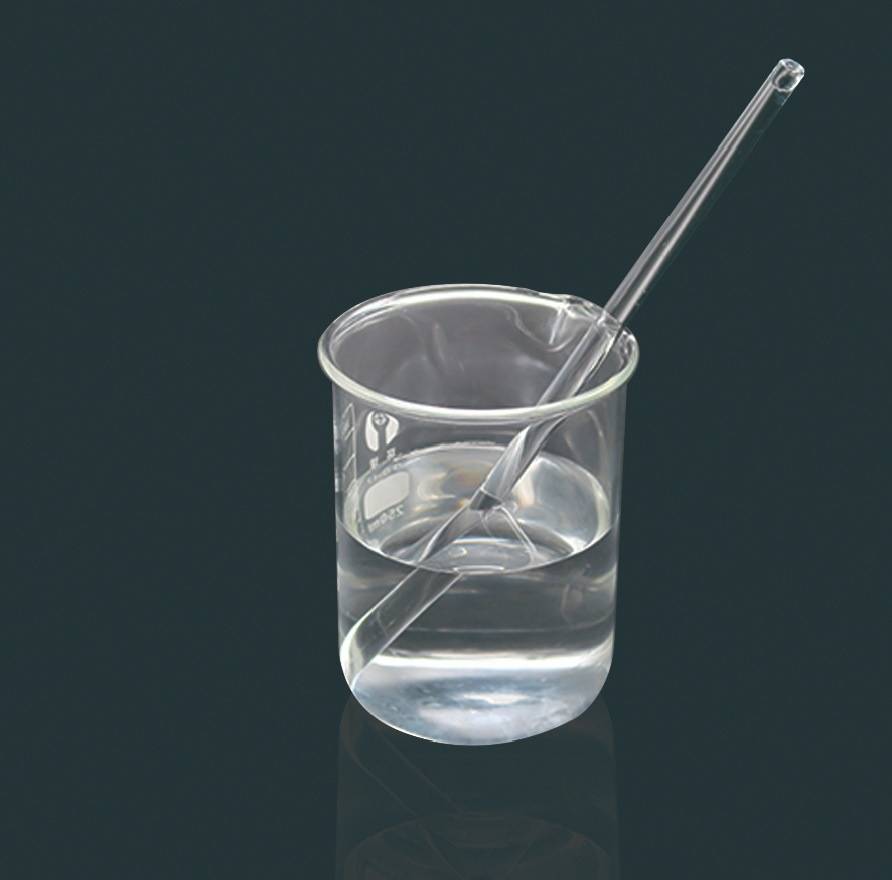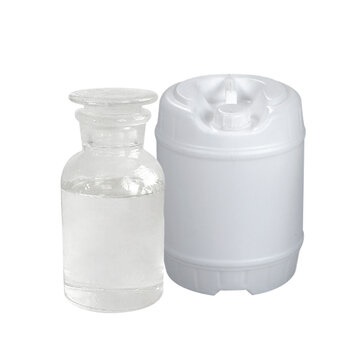Requirements for cyclopentane foaming process
Author:Kevin
- Process Overview
Cyclopentane, as an environmentally friendly foaming agent, is widely used in the production of polyurethane rigid foam. This process precisely controls the foaming reaction parameters. Realize directional control of foam density, pore size distribution and mechanical properties. Compared to traditional Freon systems, the cyclopentane process has the advantage of zero ozone layer depletion potential (ODP), which meets the requirements of international environmental conventions.
- Basic process requirements
- Raw material ratio control
Main ingredient combination: Polyether polyol (hydroxyl value 430-470mKOH/g) mixed with isocyanate (NCO content 30.5-32.5%) in a ratio of 1:1.05-1.15
Foaming agent addition: Cyclopentane accounts for 12-15% of the mass of the combined polyether
Catalyst system: amine catalyst (such as PC-5) and metal catalyst (such as T-12) are compounded in a ratio of 3:1
- Equipment parameter settings
Mixing head pressure: 12-15MPa
Material temperature control: Material A (22 ± 1 ℃), Material B (25 ± 1 ℃)
Mold preheating temperature: 45-50 ℃
3 Environmental conditions
Workshop humidity:<65% RH
Ventilation system: air exchange rate>8 times per hour
Explosion proof grade: meets the requirements of Class IIA places in GB50058-2014
- Detailed explanation of operation steps
Phase 1: Pre mixing process
Inject the measured combination polyether into the pretreatment kettle, start low-speed stirring (200-300rpm), and add cyclopentane in three gradient steps, with a 5-minute interval between each step for vacuum defoaming treatment (-0.095MPa maintained for 30 minutes)
Stage 2: Foaming Reaction
Parameter setting of high-pressure foaming machine: the mixing pressure is 13MPa, the output is 300g/s, and the mold injection adopts the “snake shaped gun” process. The injection speed and mold temperature are linked in real time to monitor the foaming process: starting time (45-55s), gel time (90-110s), and non stick time (150-180s)
Stage 3: Maturation treatment
After demolding, the product is transferred to the curing room (temperature 40 ± 2 ℃)
Control the relative humidity between 50-60%
Maturity time: 48 hours (thickness ≤ 50mm) or 72 hours (thickness>50mm)
- Key points of quality control
7 Performance testing indicators
Apparent density: 35+2kg/m (ASTM D1622) Compressive strength:>150kPa (GB/T8813) Closed cell rate: ≥ 92% (ASTM D6226) Dimensional stability: 70 ℃/48h Volume change ≤ 1.5%
8 Common Defect Handling
Hollow defect: Increase the mixing pressure to 14MPa, extend the defoaming time by 15%. Bubble collapse phenomenon: Adjust the catalyst ratio to 3.5:1 and reduce the environmental humidity by 5%
If you need or are interested in product, please contact me and we can send you free samples.
WhatsApp:+0086-18678684705
Email:kevin@dyeastchem.com
Web.:www.dyeastchem.com



